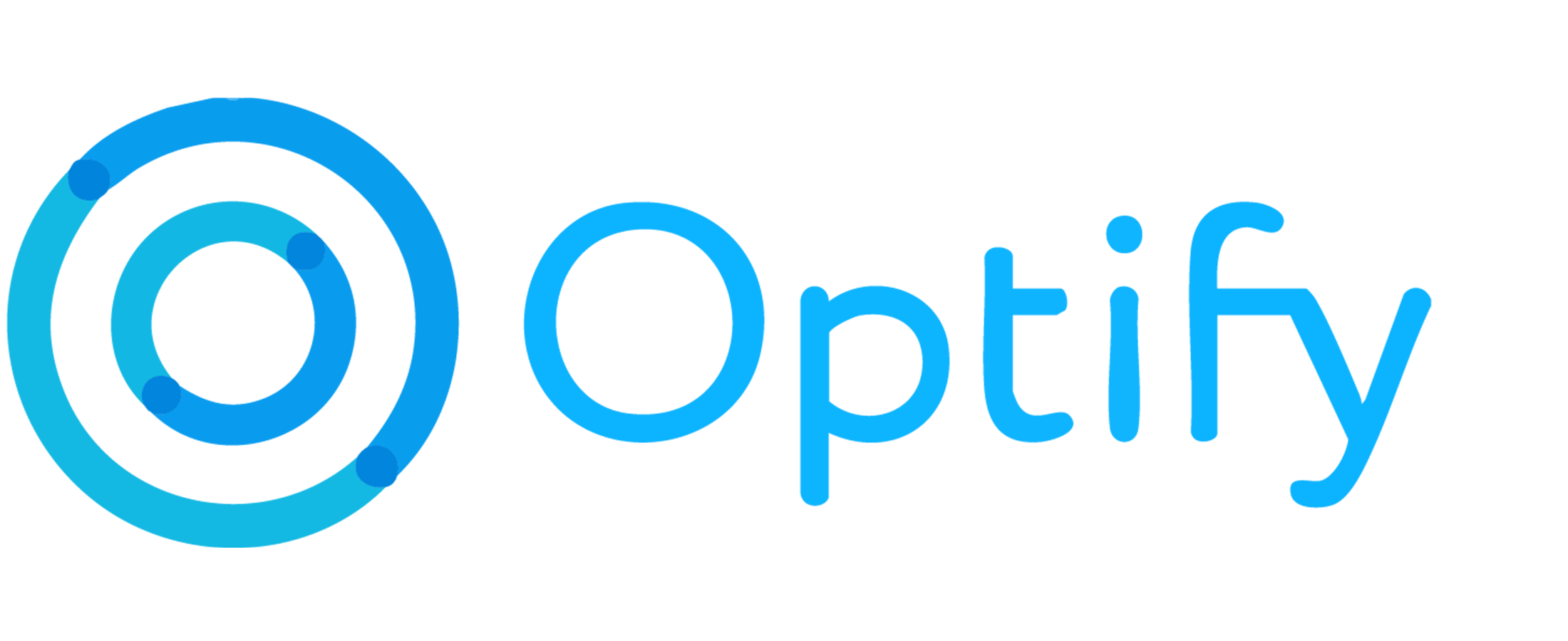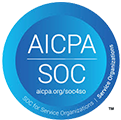
In today’s fast paced (and ever-changing) work environment, building L&D strategies focused on just one aspect of learning isn’t sufficient to help leaders navigate the level of complexity they face. Bringing a holistic approach to talent development, on the other hand, builds skills and mindsets for a variety of environments and contexts, equipping your leaders with a whole-person experience that delivers extraordinary results.
We’ll explore the elements of a holistic L&D program, with key pointers on how to think about the design and operational elements of learning opportunities to unlock your teams’ full potential.
The power of “holistic” leader development
Holistic, by definition, refers to interconnected parts that must be considered in context of the whole. In the workplace, this means that each leader’s capacity to be effective is informed by the totality of who they are, including their history, skills, beliefs, stories, training, experiences, temperament, fears, and aspirations. We simply can’t fully develop leaders by focusing on one – or even several – of these elements in a vacuum.
To develop highly effective leaders, wise companies take a holistic approach that attends to each leader’s unique talent, mindset, ability to manage complexity, values, emotional intelligence, vision, social drivers, and sense of purpose. In other words, they engage the head, heart, and spirit of leaders to help them grow.
Envisioning your company’s holistic approach
A holistic development program should feature a combination of modalities, elements, and grouping formats that will offer your participants the best opportunity to connect, learn, and grow in the context of your organization. These elements can be blended in a myriad of ways to support the stated objectives.
Possible elements of a holistic program (including their pros and cons) are:
- Coaching: One-on-one individualized coaching is tailored to each leader’s unique needs. This highly personalized approach meets each leader where they are and creates the perfect confidential container for a transformational experience that is holistic by its very nature. The downside is that coaching can be pricey when scaled, though tech-enabled coaching makes scaled coaching more accessible than ever.
- Assessments: Self-assessments or 360s help participants gain greater self-awareness around their strengths, blindspots, motivations. When debriefed by a skilled coach or facilitator, leaders are open to feedback and can identify the gaps between their intent and impact. The exercise can help them build the capacity to be vulnerable with others. On their own, assessments can have limited value, but when coupled with a coaching engagement or a peer group debrief, they come to life and are powerfully actionable.
- Large group learning sessions: This format is an efficient way to deliver content that can build a common language around competencies, skills, and concepts that match the organization’s values. This modality is less holistic and effective in encouraging connection and co-learning, and does not always support leaders to work through how to apply the learning to their role and circumstances. However, it can be coupled with individual coaching or small group sessions to support a holistic development approach.
- Small cohort sessions: Run by a coach or skilled facilitator, these more intimate group experiences turn the work over to the group. Facilitators share relevant content or challenges and allow the group to problem-solve, self-regulate, and hold each other accountable. This modality deepens connection, and nurtures a strong culture. It can be used for intact teams, or with same level peers from different backgrounds and teams.
Given the list of modalities above, the combinations are endless. For instance, you can:
- Design large group learning sessions with individual coaching in between to help leaders make sense of an apply what they’ve learned, or
- Create large coaching cohorts with assessments and/or small peer group sessions in between, or
- Offer an assessment to a group, with individual debriefs, and a group debrief workshop to deepen learning and build vulnerability and openness.
Design Your Optimal Program
Before getting started, we recommend that you get real about where you are and where you want to go.
- Take an honest inventory or your past development programs.
- What have you tried?
- Did you achieve the results you hoped for?
- What worked and what didn’t?
- What lessons did you learn?
- Were the programs holistic in their approach?
- Identify your organization’s objectives in developing talent.
- What do you want to achieve from a holistic coaching approach?
- What does success look like?
- What proportion of head, heart, and spirit do you want to engage with the program in order to serve this group?
- What larger strategic business goals align with this program?
- What buy-in do you need to design a new program?
- Get clear on the external vendors, resources, and buy-in you need to deliver
- Do you have the bandwidth to deliver scaled development programs and where might you need help?
- Do you have coaches and trainers in-house or do you need to expand your capacity?
- Do you have the expertise to think through the customized design?
- Do you need technology to deliver and measure holistic programs?
These questions will not only help clarify exactly how to design your program, but will also identify any potential hurdles you’ll have to overcome.
A word about customization: No two organizations are the same, which means that each company should design talent development initiatives to serve their unique context. Customization, therefore, plays a crucial role in your design process. Rather than choosing an off-the-shelf approach, we recommend finding a flexible solution that both meets your organization’s needs now and can be scaled later. Partnering with coaching experts at the design stage can make all the difference, especially if this is the first blended program you’ve created.

Operationalize your program with Technology
Once you’ve customized your ideal program, being able to operationalize the vision is vital. Successfully executing any program is tough if you don’t have the operational backbone behind it to launch, manage, track, and measure results. You want to ensure you can manage the details as well as make it easy for your participants to stay engaged.
Many organizations resort to a more manual approach, involving heavy admin and an abundance of spreadsheets. The L&D team finds itself swamped with communication and scheduling challenges and struggles to keep track of individual progress or track meaning and reportable results. These tasks are time-consuming and they prohibit rolling out programs to larger groups of leaders. If you envision scaling your programs over time to many levels of your company, technology is a must.
The right software solution will enable you to create a consistent, transparent process where you can efficiently track progress, view results, and pull measurement data to share with your budget decision makers.
Additional Elements of Success
In our experience designing and delivering scores of scaled holistic programs for companies, there are three additional factors that determine the success of your initiatives:
- Buy-in from leadership: If your leadership is on board, your program participants know it, and engage accordingly. Delivering a results-led case for your program is critical. Outline your vision, share the benefits this program will have and invite leadership to play a part.
- Participant buy-in: Ensure that all participants understand that the program is an investment in them in recognition of their talent and promise. Be clear about the program expectations and make space for participants to engage in the normal course of their work. Involve participants’ managers by creating opportunities for participants to share goals or receive feedback along the way.
- Communication: Create a strong communications plan for your program, that includes leadership, managers, participants, coaches, facilitators, your vendor partners and anyone else involved. Communication is equally vital prior to the program launch, during, and after the program concludes. Survey participants, share results with leadership, and complete a retroactive review of the program to ensure you capture lessons learned and ideas for the next iteration.
Holistic L&D programs for maximum impact
Holistic development is a powerful approach to developing talent that will support the long term success of your organization. For maximum impact, identify the elements that will elevate your leaders in your business context, customize your programs to fit your needs, use technology to operationalize and scale your initiatives, and use clear communication to build buy-in, engagement, and tell the story of success.
Lisa Banks is a co-Founder of Optify, a coaching solutions company that offers an open and flexible coaching platform to power the design, delivery, and management of coaching programs at scale. As a leadership coach and program designer, Lisa partners with companies to create holistic development programs with impact.




